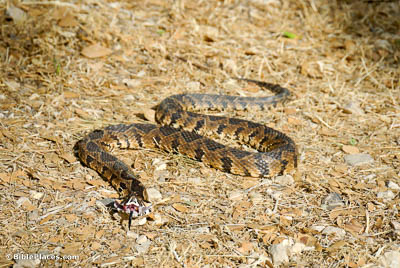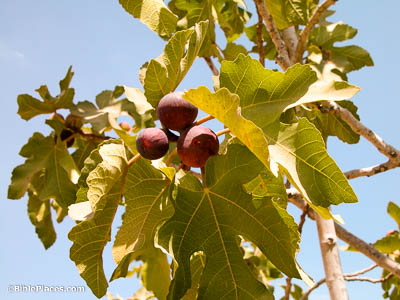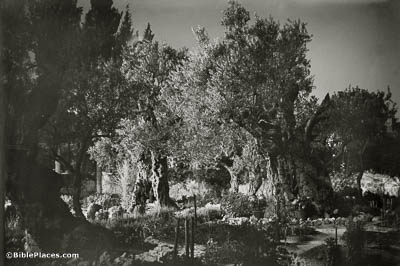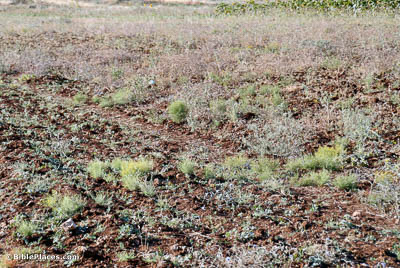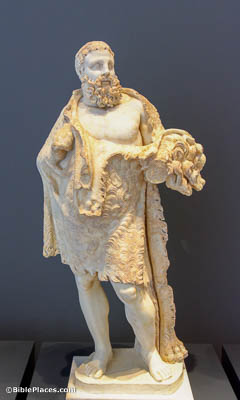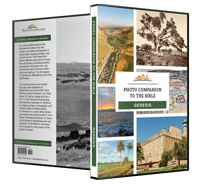Now the serpent was more cunning than any beast of the field which Yahweh God had made (Genesis 3:1)
No indication is given of the kind, color, or size of the serpent in the garden of Eden. The Palestinian viper, also known as the Levantine viper, is a venomous snake native to the Middle East. It is characterized by its distinctive triangular head, pale coloration, and venom that can cause severe symptoms in humans. This one was photographed at Yad HaShmonah.
